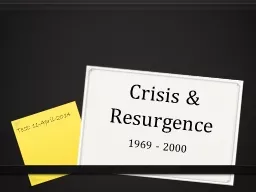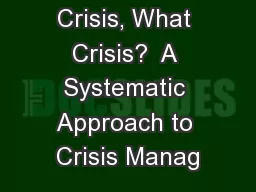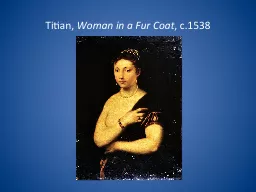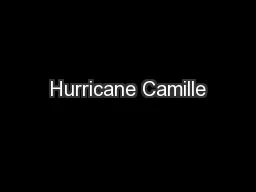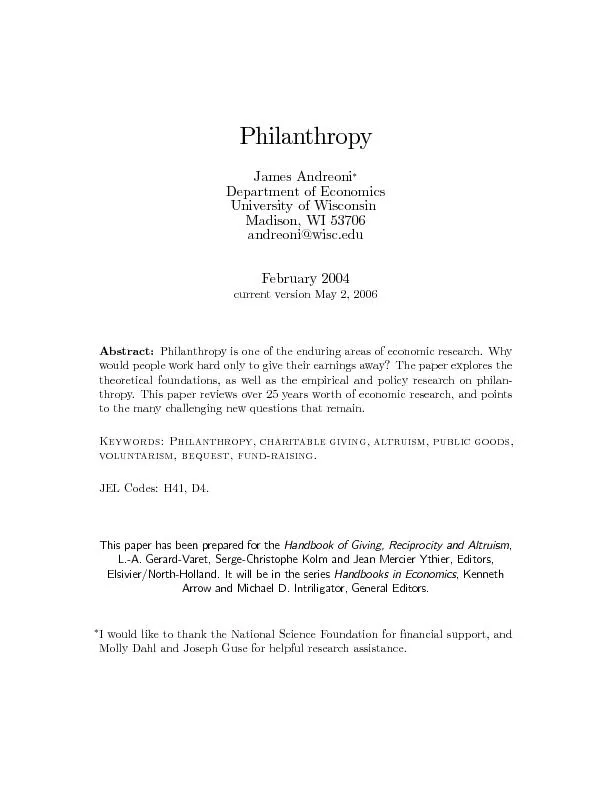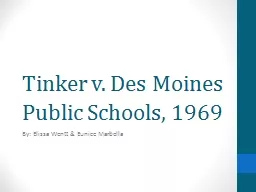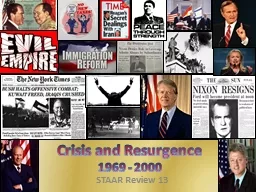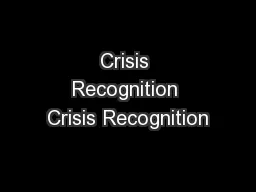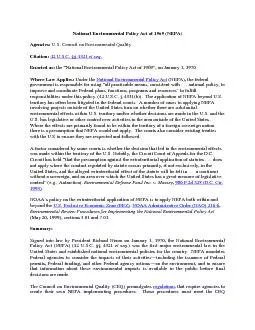PPT-Crisis & Resurgence 1969 - 2000
Author : lindy-dunigan | Published Date : 2018-10-27
Test 11April2014 Essential Questions Did the US Presidency become unmanageable in the 1970s How well did American leaders deal with the challenge of stagflation
Presentation Embed Code
Download Presentation
Download Presentation The PPT/PDF document "Crisis & Resurgence 1969 - 2000" is the property of its rightful owner. Permission is granted to download and print the materials on this website for personal, non-commercial use only, and to display it on your personal computer provided you do not modify the materials and that you retain all copyright notices contained in the materials. By downloading content from our website, you accept the terms of this agreement.
Crisis & Resurgence 1969 - 2000: Transcript
Download Rules Of Document
"Crisis & Resurgence 1969 - 2000"The content belongs to its owner. You may download and print it for personal use, without modification, and keep all copyright notices. By downloading, you agree to these terms.
Related Documents

